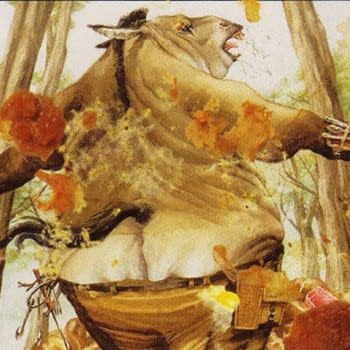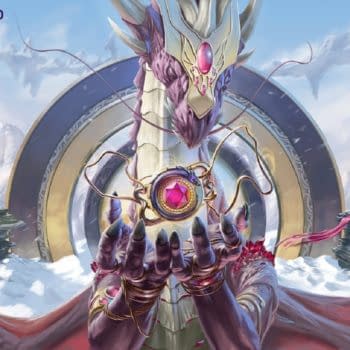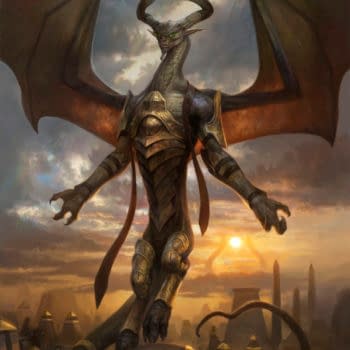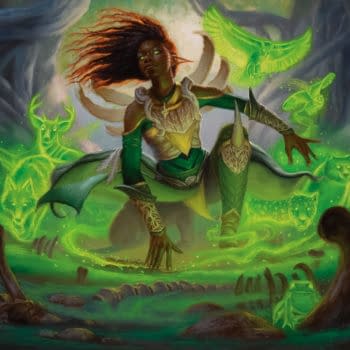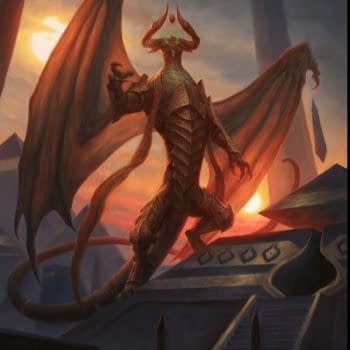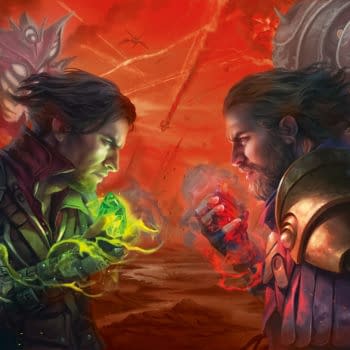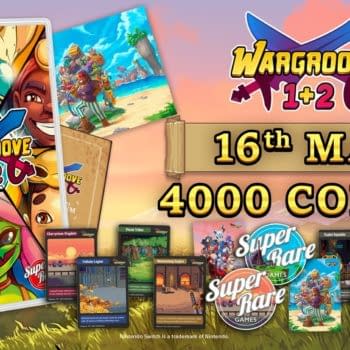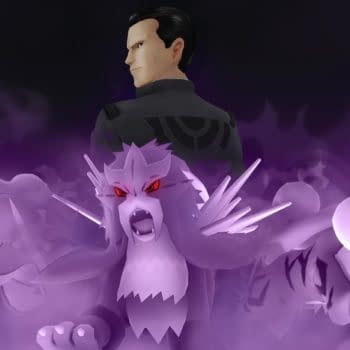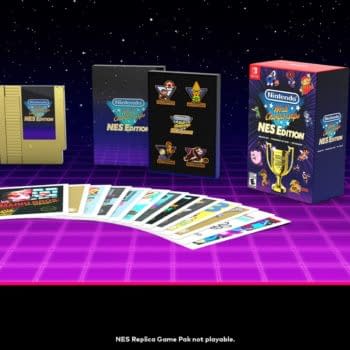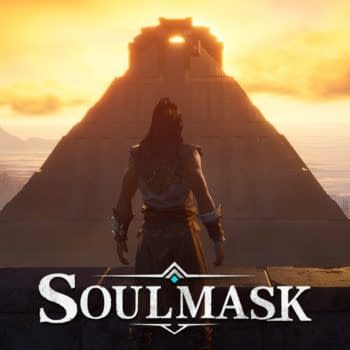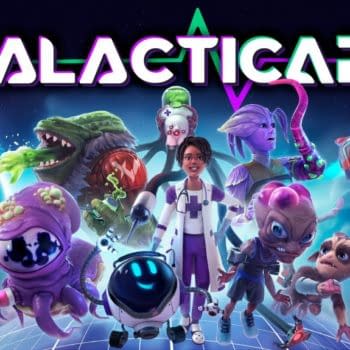Posted in: Dungeons & Dragons, Games, Miniatures, Role Playing Games, Tabletop, Wizards of the Coast | Tagged: d&d, Dastarque, DnD, dungeons & dragons, homebrew, Role Playing Games, rpg, Tabletop, wizards of the coast, WotC
Dastarque: On Dungeons & Dragons Homebrew Worldbuilding
Dungeons & Dragons is a remarkably complex game when it comes to using one's freedom to imagine. Sure, there are rules that need to be adhered to generally, and those are much simpler to comprehend as both a Dungeon Master and as a party member. But when it comes to the creative expression of worldbuilding from a homebrew perspective, it's vital to know where you can go with your story – that is to say, anywhere, but with some degree of limitation. My homebrewed world Dastarque is an excellent example of taking what one has and making it into something new.
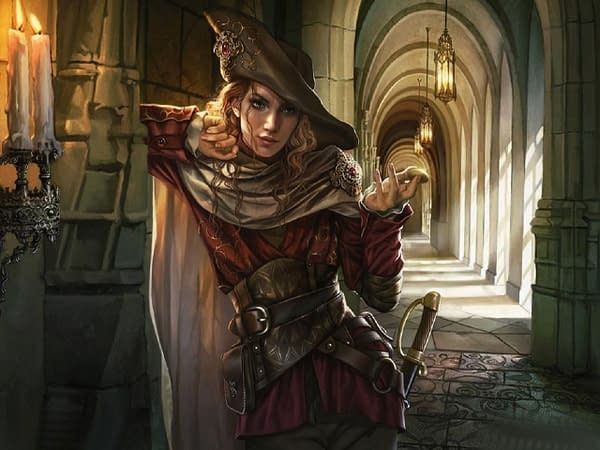
Let's take a trip back to about eight years ago. I had just finished my first full Magic: The Gathering custom set design and wanted to make another. Along with another friend who was looking to do the same for his first time, we began to delve into the realm of collaborative worldbuilding. He created a Redwall-style world with Mousefolk, humanoid Bees, and Draconians (but no Humans!), while I created Dastarque.
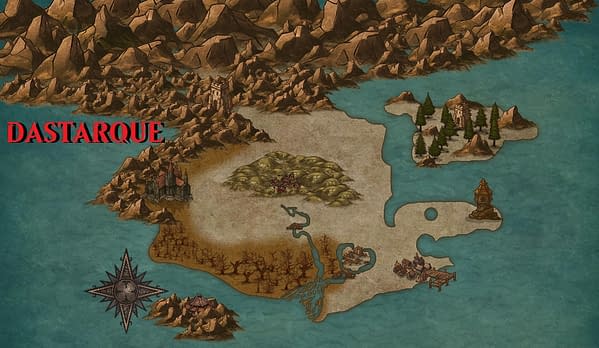
But what exactly did that mean? Well, I was pretty sure Dastarque had to be a few things on a superficial level:
- It had to be dark. Not necessarily edgy – it could contain multitudes in its humor or its passion – but the story had to be one where evil was the lay of the land in a literal way.
- Based on the name alone, I envisioned it'd have a sort of French-Revolutionary vibe to the aesthetic. That may or may not show in actual gameplay, but that's what I tend to try to emphasize.
- My epithet for the Dastarque Magic set was "Bastion of Rogues." As it were, that was well-encompassed by the first point, but in the set, there needed to be enough Rogues to make that epithet sensible.
This preliminary exploration of needs raised a couple of questions on its own in terms of storytelling.
- Why was Dastarque a "dark" plane of existence? What made it that way?
- Why an aesthetic like the French Revolution?
The French thing was mostly due to the name which I'd generated on my own, as I thought that "-que" sounded cool. But the other question was far more relevant and needless to say, generated even more questions. Would Dastarque be a haven for scoundrels and rogues? Is it conventionally evil, so to speak? Why? And how would this be established?
My own answers to this primary question of the nature of Dastarque was simple: The plane of existence was always evil, or at least has been for a long time. It was impoverished due to all of the theft that was rampant across the environment (so hence the disparity of wealth that further explains the Revolution vibes), and hardly anyone trusted each other. Looking further into things, I finally found Loreley Weisel's Dungeons & Dragons alignment charts adjusted for Magic's colors, and soon I was off to the races, in more ways than one.
Join us next time when I discuss the races and classes of Dastarque!


